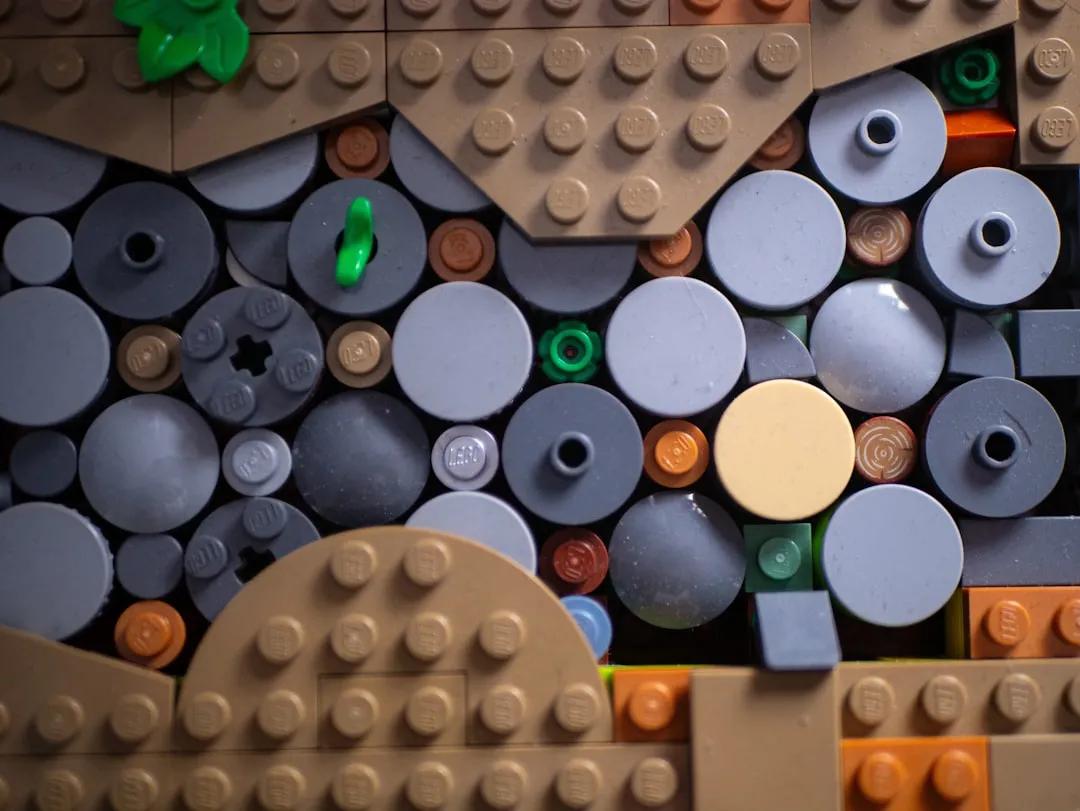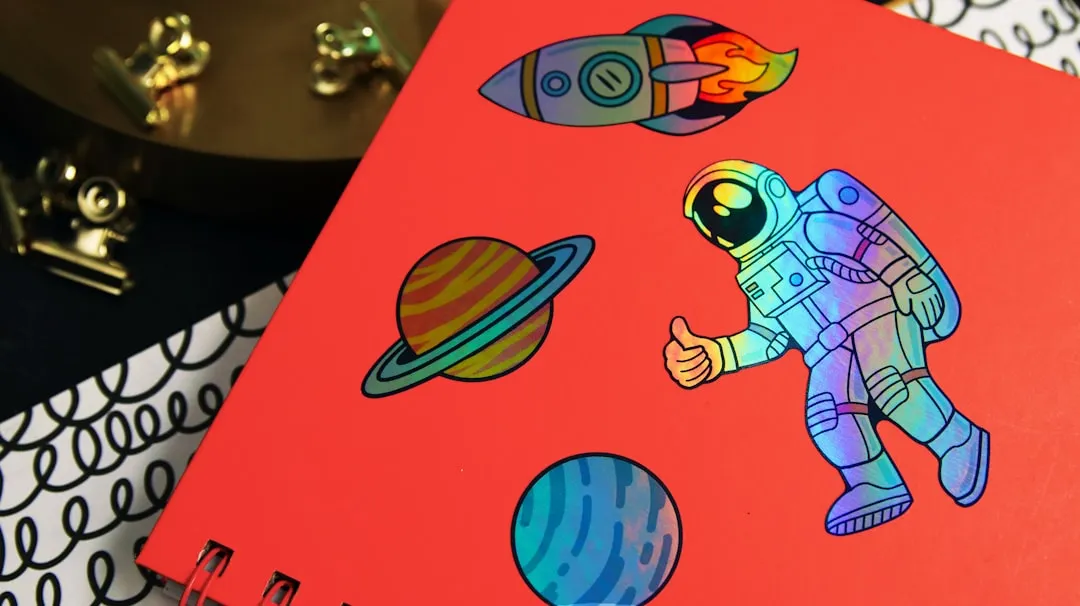Measure the Earth's Radius with Lego Blocks
Difficulty: Moderate
Time: 2-3 hours (plus coordination time)
Cost: ~$25-40
Why You'll Like This (Quick Intro)
Got a curious kid who loves building with Legos? Here's how to turn those colorful bricks into a scientific instrument that measures our entire planet. Around 240 BC, the Greek mathematician Eratosthenes, head of the famous Library of Alexandria in Egypt, came up with a brilliant way to calculate the radius of the spherical Earth using shadows and basic geometry—and you can recreate his brilliant experiment with household items. This hands-on project combines engineering, math, and astronomy while teaching kids how simple observations can unlock cosmic secrets.
What makes this modern twist even better is that the relationship between length and number of blocks is linear, giving your measurements the precision that ancient scientists could only dream of. Your kids will essentially become ancient Greek scientists for a day, using standardized tools that make calculations more accurate than Eratosthenes' original methods.
What You'll Need
Materials
- 20-30 Lego bricks (standard rectangular blocks work best)
- 1 large sheet of white paper or poster board
- 1 ruler or measuring tape
- 1 marker or pen
- Access to Google Maps or car odometer
- Calculator (scientific calculator preferred)
- Friend or family member in another city (at least 100 km/62 miles away)
Tools
- Smartphone with camera
- Protractor
- String (optional, for angle measurement)
Safety First
- Adult Supervision Required for calculations and coordination between locations
- Ensure measurement area is on level ground away from traffic
- Wear sunglasses when looking toward shadows in bright sunlight
- Stay hydrated during outdoor measurements
Steps
-
Build your shadow measurement device using Lego blocks stacked vertically to create a tower. Research from successful experiments shows the total height of the Lego device was 13 blocks (12.48 centimeters), which provides the perfect balance of height for visibility and stability for accuracy.
- Tip: Use a consistent stacking pattern to ensure your tower stays straight and stable. The key is that a slope of 0.9629 centimeters per block was measured in successful experiments, so your precision in building directly impacts your final results.
-
Coordinate with your measurement partner in another city. This step transforms your backyard experiment into real science—you have two identical shadow devices; one is driven some distance away—at least 100 kilometers to create meaningful angle differences that Eratosthenes' method requires.
- Critical timing: You'll need to coordinate by phone to photograph the shadow lines at the same time. Even a few minutes difference can throw off your calculations because the sun's position changes constantly.
-
Choose your measurement day strategically. The experiment works best during equinoxes when the sun is directly overhead at Earth's equator, which minimizes variables in your calculations. For a coordinated effort, the Eratosthenes experiment March 2025 will take place on the March equinox day, Thursday the 20th of March.
- Timing precision: Calculate solar noon, the time exactly halfway between sunrise and sunset, which is when the sun will be directly overhead for maximum shadow accuracy. This is rarely exactly 12:00 PM due to your location within your time zone.
-
Set up your measurement station on the flattest ground you can find in direct sunlight. Place your Lego tower on the white paper and mark its base position clearly—any movement during measurement will affect your results.
-
Measure and photograph the shadow at your coordinated time with surgical precision. Mark the exact tip of the shadow and measure both the tower height and shadow length, because these two measurements are the heart of your angle calculation.
- Critical technique: Take photos from directly above to avoid perspective errors that could add several degrees to your angle measurement, significantly affecting your Earth radius calculation.
-
Calculate your shadow angle using basic trigonometry, turning your measurements into the data Eratosthenes needed. In documented experiments, the shadow angle calculated was 43.7 degrees, though your result will vary based on your latitude and time of year.
- Formula: Angle = arctan(shadow length ÷ tower height)
- Real-world example: The measured shadow length was 16.3 dots, or 13.04 cm with a 13-block tower, showing how precise these measurements can be with careful attention to detail.
-
Determine the distance between your two measurement locations using modern tools that give you an advantage over ancient methods. The straight-line distance can be found using Google Maps or a car's odometer to find the precise distance between cities.
-
Apply Eratosthenes' formula to calculate Earth's radius, combining ancient wisdom with modern precision. The equation to calculate the radius of the Earth uses the two angles in radians and the distance s. This is where adult supervision becomes essential for handling the mathematical complexity.
- Success benchmark: A close result to 6.3 x 10^6 meters indicates a successful measurement of Earth's radius using Lego blocks, proving that simple tools can achieve remarkable scientific accuracy.
Why it works: Lego blocks provide consistent measurements with a linear relationship between height and number of blocks. Unlike Eratosthenes' improvised measuring tools, these standardized dimensions eliminate one major source of error, while the sturdy plastic construction handles outdoor conditions better than ancient wooden sticks. Plus, kids can see exactly how their tower creates the shadow that reveals one of nature's grandest measurements.
Cleanup & Disposal
- Store Lego blocks in their original container for future experiments
- Keep measurement photos and calculations in a science journal
- Recycle paper materials according to local guidelines
Troubleshooting
Problem: Shadows are too faint to measure clearly → Fix: Wait for brighter sunlight or use a taller tower (15-20 blocks)
Problem: Results differ significantly from expected value → Fix: Check that measurements were taken simultaneously and verify distance calculations—timing errors are the most common issue
Problem: Lego tower keeps falling over → Fix: Build a wider base or find more level ground
Problem: Can't find a measurement partner → Fix: Consider the existence of a virtual school on the equator with experimental data 0 to conduct the experiment solo
Variations & Upgrades
- Global classroom collaboration: Join the annual Eratosthenes Experiment in March to connect with classrooms worldwide. Schools that register till Wednesday 26th of February 15:00 CET will receive the next day an e-mail with the coordinates of potential matching schools for coordinated measurements.
- Solo scientist version: Use a virtual school on the equator with zero shadow data if you can't coordinate with a distant partner
- Seasonal accuracy study: Try the experiment on different dates to see how seasonal sun angles affect your results and understand why timing matters
- Historical accuracy comparison: Research how Eratosthenes' calculation for the size of the Earth was accurate to within about 2% of the modern measured value and compare your precision
FAQ
Can we use different building blocks instead of Legos? Yes, but maintain consistent dimensions. The key is having a linear relationship between height and number of blocks. Any standardized building system should work, but measure your blocks first to establish their precise height relationship.
Why do we need someone so far away? Eratosthenes' method requires measuring the difference in shadow angles between distant locations. Closer locations produce smaller angle differences that amplify measurement errors, while distant locations create more pronounced differences that yield accurate results.
What if our calculation is off by thousands of kilometers? That's completely normal for first attempts! Remember that the actual circumference of the Earth is 24,900 miles, so even being off by several thousand kilometers demonstrates you're thinking like a scientist and using the same principles that first revealed our planet's true size.
Do we really need to coordinate timing so precisely? Absolutely—this is where many family experiments run into trouble. You must measure the angle of shadows in the two locations at the exact same time on the exact same day or the calculations will be erroneous. The sun's position shifts enough in just a few minutes to significantly impact your shadow angles and throw off your final calculation.







Comments
Be the first, drop a comment!